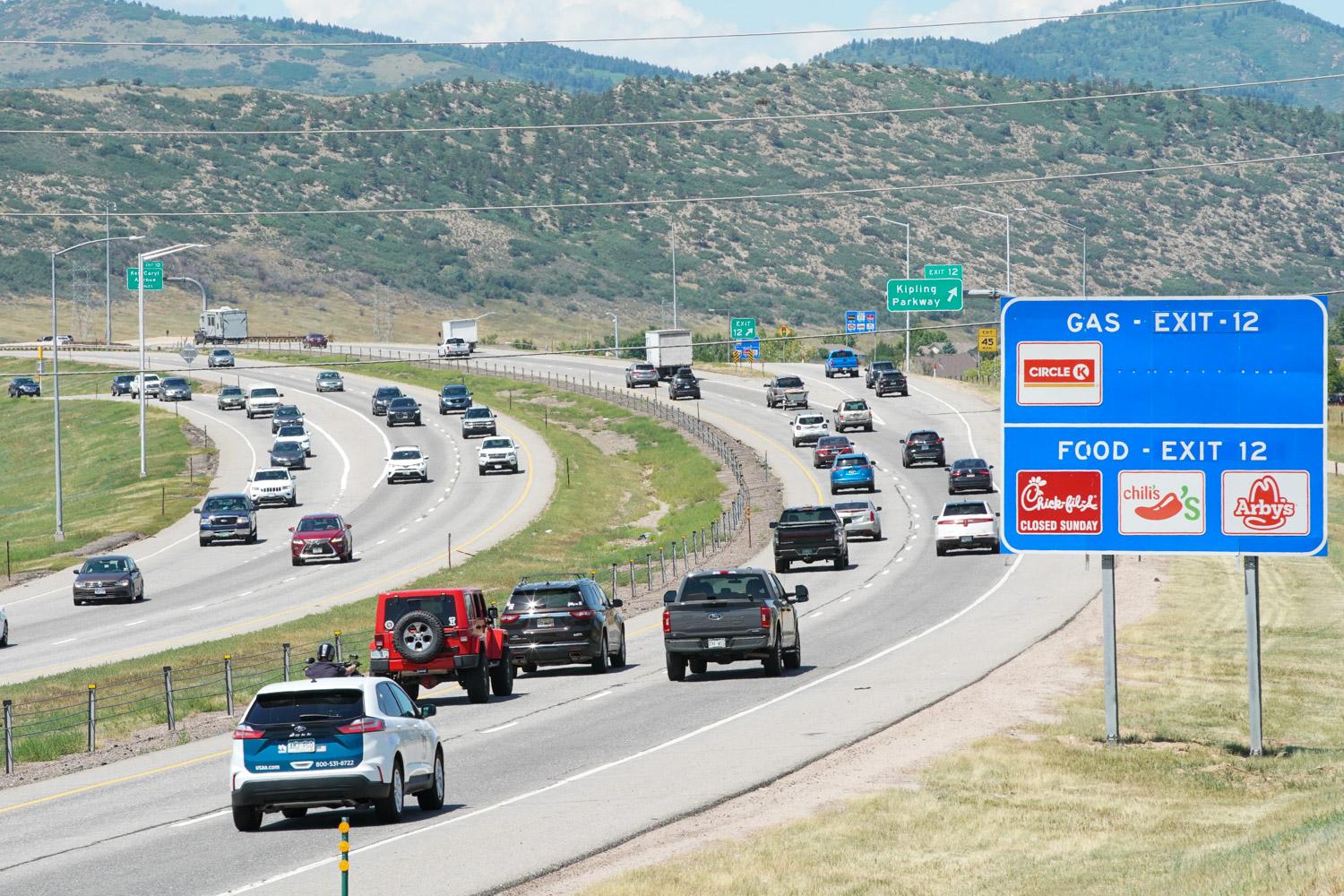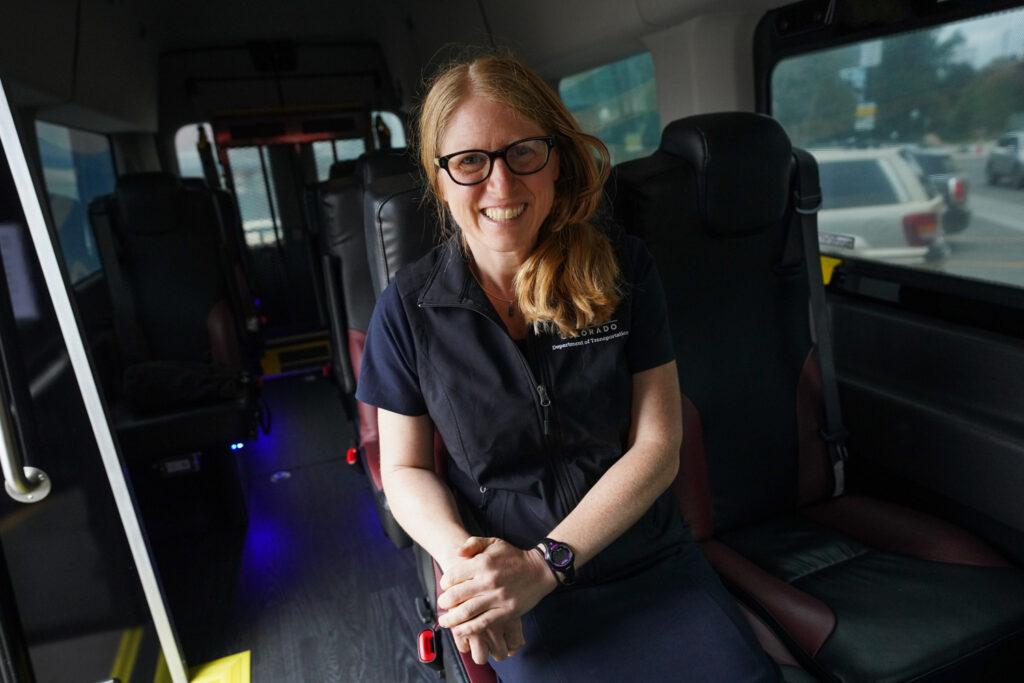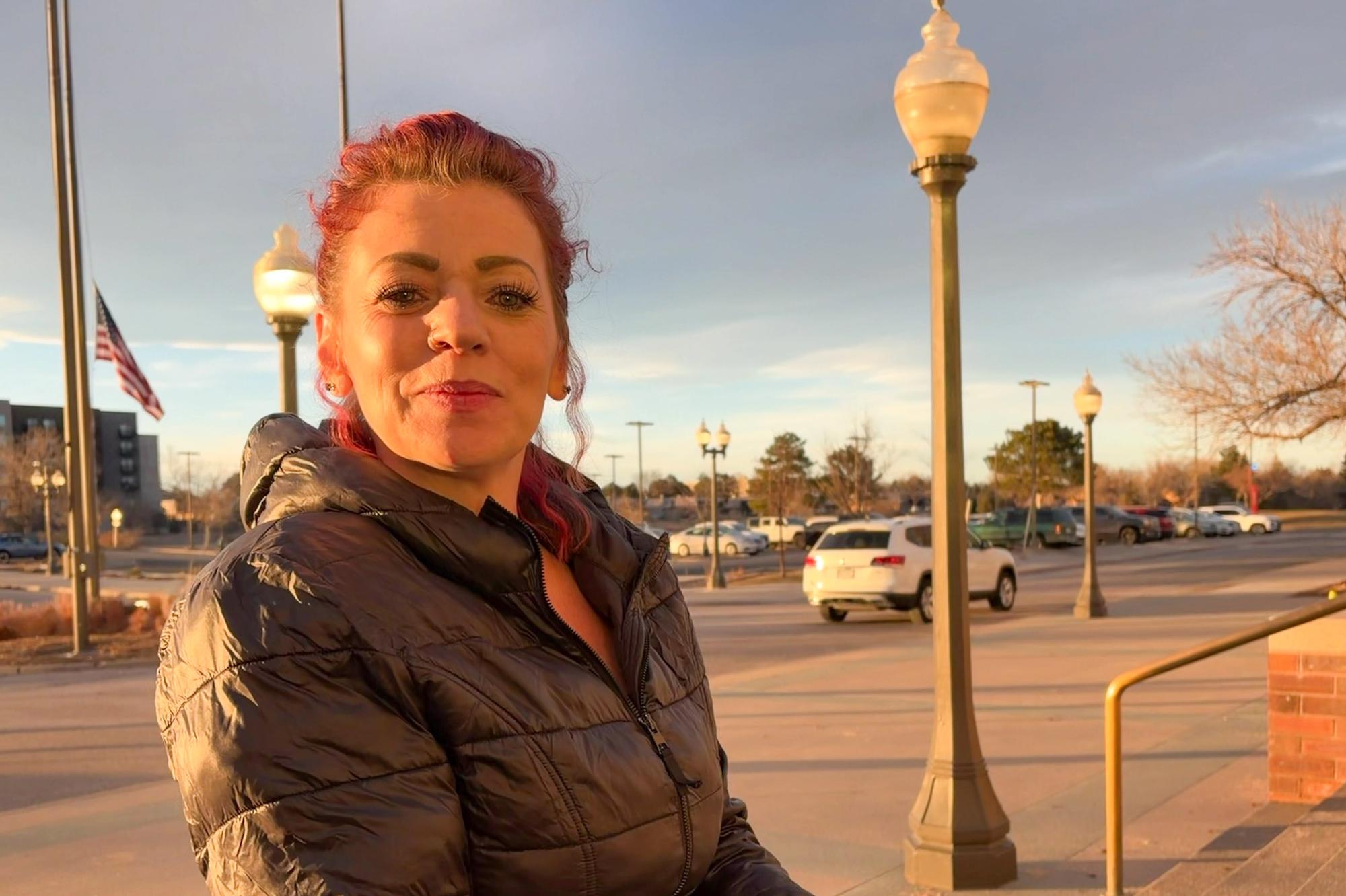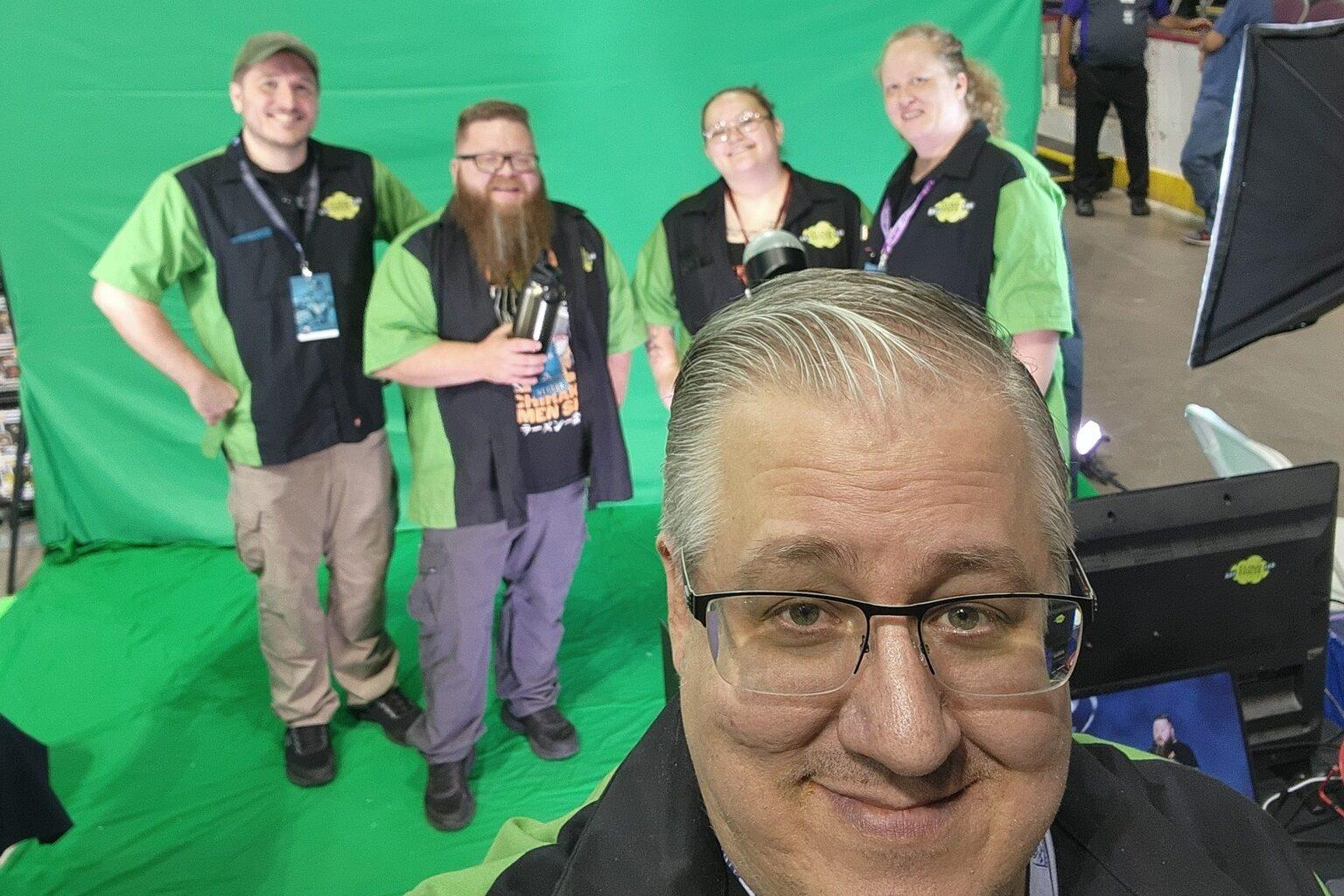
The Colorado Department of Transportation and other entities recently made headlines for canceling a handful of highway and road widening projects to comply with a state greenhouse gas emissions-reduction law.
Now, with emissions from transportation remaining stubbornly high, will Colorado go further and remove any highways — as is being done in other U.S. cities?
Not likely, says CDOT Executive Director Shoshana Lew.
“Highways are incredibly fundamental to what CDOT does,” Lew told Colorado Matters host Ryan Warner on a recent trip aboard CDOT’s new Pegasus shuttle on Interstate 70. “I think it's important to start by recognizing how many of us often rely on the system of urban and rural highways that we have. It's, in a lot of ways, the bread and butter that connects a very large state and allows different parts of the state to connect to one another.”

CDOT will continue to maintain and expand highways, Lew said, to accommodate today’s population in an ever-growing state. But, she added, CDOT is also committed to broadening travel choices by boosting public transportation service and traffic-calming “complete street” rebuilds to better serve pedestrians, cyclists and transit riders.
“There's not just one way to get around,” she said.
Lew also cast doubt as to whether a planned bus rapid transit network on busy streets like Colorado and Federal Boulevards in the Denver metro will transform car lanes into bus-only lanes. Those would allow buses to move freely out of mixed traffic but leave less space for personal vehicles.
While that won’t be decided until later in the planning process for each corridor, Lew said bus-only lanes might not be necessary.
“What we're going to try and do is figure out how, in each spot, you make as many people move efficiently and as safely as possible,” she said. “Sometimes that could be bus-only lanes. Sometimes it could be queue jumps that allow buses to get around vehicular traffic … It has to be case specific in each place. I'm not of the view that there's a magic solution that is the right thing in every place.”
Ever since she was appointed by Gov. Jared Polis in 2018 to lead the agency, Lew has walked a tightrope between two camps: Urbanists and environmentalists who are pushing Colorado to be a leader in clean transportation and a traveling public that largely relies on gas-powered vehicles — some of whom are pushing highway widening projects.
Asked whether she plans to serve a second term under Polis, should he be re-elected next month, Lew hesitated, then replied, “I serve at the pleasure of the governor. It’s up to him.”
More interview highlights
On why CDOT is expanding its Bustang and Pegasus public transit services:
Shoshana Lew: Reducing emissions can be one of the benefits. Seven people getting on this bus to go to the mountains instead of each taking their car does reduce emissions, but it's also about quality of life, and about choice and about giving people more ways to get around. And that can be a win-win because oftentimes, these things that can help us in the space of improving the air that we breathe can also make people's lives better. I think about a lot of the places that are focusing on making their downtowns more walkable. That's something where if you reduce car trips, it does have an air quality benefit, but it also means that small businesses can thrive, that people can turn a downtown space into an active one where there's life and business and people engaging with one another. So, it doesn't have to be an either/or. These things can all complement.
On why CDOT and regional transportation planners dropped plans to expand I-25 in central Denver:
Shoshana Lew: We got a lot of requests from everybody, from elected officials to neighbors in Denver, about not wanting to take on that particular project. And, as in other cases, the changes in the 10-year plan, to the extent that there are, reflect what we heard from our neighbors.
Ryan Warner: What did they tell you?
Shoshana Lew: We all know that the downtown projects have a lot of pros and cons. A place as dense as the one we're in right now, you can't do a big project without affecting the people who live in proximity a great deal. So, people's interests lie in the community that they live and having a vision for the place where they are. So, I think you've seen other downtown projects where they got tangled up by the complexities of dynamics and space. You probably know which one I'm talking about.
Ryan Warner: I-70 maybe.
Shoshana Lew: Yeah. For many years. And every time you take on that complicated dynamic, it actually means that you're taking energy away from getting other projects built. So, just as a matter of efficiency, we'd rather focus on expanding the segments where we need to, fixing the safety configurations where we need to, improving the state of good repair on urban and rural roads alike than be involved in that dynamic where there's a lot of potential downsides that affect people's lives in a very personal way. We want to focus on getting projects done.
On how neighborhoods near the Central 70 expansion in Denver have changed since CDOT demolished old viaducts:
Shoshana Lew: You can see the sky, you can see the mountains. And the highway is there in the buried configuration, but it does reconnect the city — and it will. That is one of the state-of-the-art technologies for dealing with that dynamic tension between highways and cities. And we're about to open up one that will, in a very positive way, change the face of the city.
On why CDOT continues to expand highways, like Interstate 270 in Commerce City:
Shoshana Lew: That's not a problem that might exist in 20 years. That is a problem right now that has a very material effect on the ability to move freight through one of the busiest commercial areas of the state, to move people between Denver and the U.S. 36 corridor. I think that road is an example of one where, first of all, the bridges are in terrible need of repair as soon as possible. But, there's also a mobility restraint because of the lack of capacity. Just to give you a point of comparison, there are more lanes on Colorado Boulevard than on Interstate 270. That's asynchronous.
On whether CDOT’s highway expansion plans fit with its climate goals:
Shoshana Lew: I don't think these are binary options. I think there are places where the capacity that we have on our roads right now was built at a time when the state was a lot less populous than it is today. Using some of the examples we've talked about on the interstates especially, those are places where there's just a disconnect between how many people are using it and how much space there is. With that said, there are ways to build projects in a balanced fashion that incorporates the availability of more transit alongside the ability to drive. And that helps, again, to give people more car and non-car choice as they think about how to use the system.
On why CDOT’s highway expansions add toll lanes, not free lanes:
Shoshana Lew: Across the country, managed lanes, that is the term of art so I'll use it, are considered to be a state-of-the-art option for making sure that, at the times when people need to move efficiently, there's an option. They have to pay for it, but that is available to them that carries that traffic faster. Again, you never have to use it. If your value of time is less than the cost of the toll, you can always take the free lane, but it gives people again a choice, and it also helps to pay for the roadway system …
And it also, again, is a way to integrate more choice in the system, whether that's the choice when you need it most … or also the ability to run multimodal traffic through those lanes, like RTD does on U.S. 36.
On the adoption of electric vehicles in the state:
Shoshana Lew: If you look at where the auto industry is headed, the rollout of electric vehicles is happening and the curve is not going to be linear. I mean, you have the major companies, whether it's Ford or General Motors, or Tesla, or Rivian, companies new and old committing to turn over their entire stock in a matter of decades, not hundreds of years. So, that's where the industry is headed. And we need to be ahead of the curve in making it possible for people in Colorado to get those vehicles and to be able to charge them in the places they want to go. If you look at what's coming on the market, there are a litany of four-wheel drive SUV electric vehicles that are about a year or two away from delivery. People in Colorado are going to want those cars.
On why decarbonizing transportation is more complicated than decarbonizing energy production:
Shoshana Lew: In transportation, you're talking about the sum total of everybody's personal choices.
Ryan Warner: Not just a utility, for instance?
Shoshana Lew: Right. And that's the reason why, historically, the biggest policy actions in the transportation space have been the regulation of the companies that manufacture cars and trucks. Because when the federal government does a corporate average fuel economy standard, they're dealing with a finite number of major companies — just like you would be doing in the case of the utility sector. Those policies have moved the needle tremendously in the past decades and will continue to do so.
We talked a little bit about electrification as the fleet turns over, and it's not low-hanging fruit because it's the turnover of a major industry that, again, has a huge impact on people's lives. But, the policy lever is more straightforward than when you're talking about the built environment where you're dealing with a lot more actors.
Ryan Warner: I hear you saying CDOT only has so much control and, frankly, economies of scale that the lever is limited for you.
Shoshana Lew: It's a different kind of lever. And I think it's one that is very personal for people. So, part of what you're doing when you think about the built environment is trying to segregate what the government can do and how that impacts the regular people in the way that they live their lives. And where CDOT acts is about the choices we are giving people. We want to give people as many choices as possible.
On criticism from conservative lawmakers that CDOT’s contracting practices leave our smaller businesses:
Shoshana Lew: There are a lot of projects that vary tremendously in size and scale and type across the CDOT portfolio. And the contractor that's going to have the skill set to do a big project like a rebuild on I-25 is probably not the same one that's going to do a rural guardrail project. Just like if it were your house — I always love to go to home analogies —you wouldn't hire the same contractor to fix your sink versus do your landscaping. So, part of what comes positively out of having a balanced program is to be able to serve different people's needs across the state. And in doing so, it creates opportunities for different kinds of companies.









